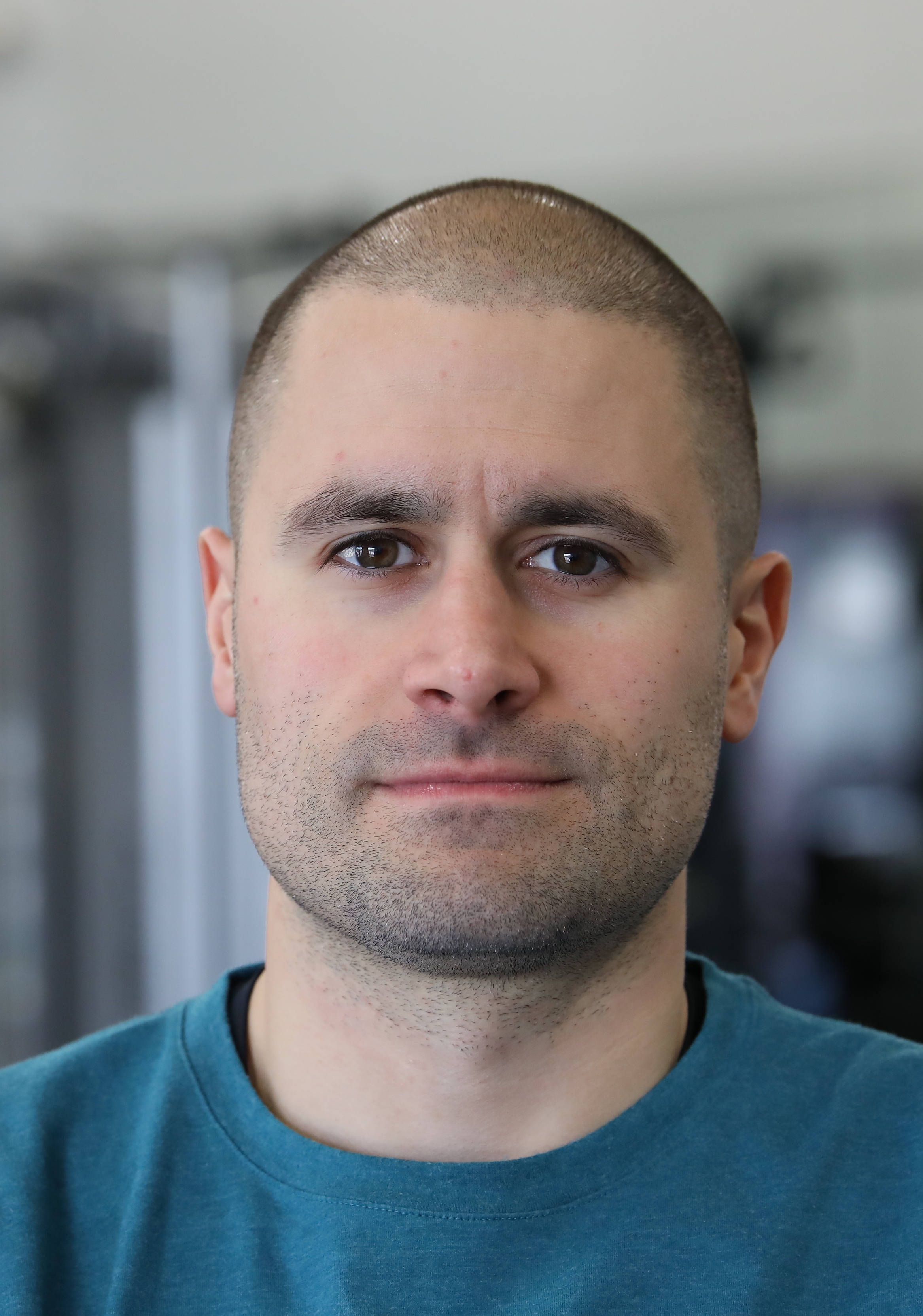GUEST BLOG BY VISH LIYANAGE, PHYSIOTHERAPIST FOR THE MELBOURNE VICTORY WOMEN'S FC

Treat People, Not Just Their Knees.
In Australia, the rate of anterior cruciate ligament (ACL) rupture is significantly higher than other countries(Ardern, Taylor, Feller, Whitehead, & Webster, 2013).
The involvement of more young athletes, especially females, in sports with higher incidence rates for ACL injuries has compounded this (Ardern, Taylor, Feller, Whitehead, & Webster, 2013). The widespread availability of magnetic resonance imaging (MRI) scans to identify ACL injuries as well as better training to identify ACL involvement has led to management plans being in place sooner.
The psychological impact of these injuries is still a growing area for improvement. Despite physiotherapists and orthopedic surgeons having increasingly sound knowledge of rehabilitation pathways, 66% of athletes had not returned to competitive sports by 12 months post injury (Ardern, Taylor, Feller, Whitehead, & Webster, 2013). A further meta-analysis of 48 studies with 5770 participants showed only 44% had returned to competitive sport with fear of re-injury being the main reason cited for not returning (Ardern, Taylor, Feller, Whitehead, & Webster, 2013).

As a physiotherapist working in soccer, it’s a demanding area. These are client whose progress we follow and determine. From being the one to deliver the diagnosis to ensuring they reach their pre-injury levels. The pressures through this process can be unbearable, especially for developing teenage athletes. The fear of missing a year of sport is. Those around the client can compound this by adding to anxiety regarding prognosis and ability to return to play.
There are currently no available trials that suggest methods to target this issue. Even so, the psychological aspect of any injury does not simply appear. It grows and evolves with the condition. This results in physiotherapists having to be proactive with identifying these factors and combating them early. A few strategies include:
1. Setting SMART Goals – Although this is a logical strategy, the ‘ART’ of these goals is more important. Goals that are attainable and realistic for the stage of rehabilitation can be extremely positive. These goals should be made specific to the client and not based off a framework (unless the client is clearly not progressing and likely has other limiting factors). Goals should be routinely re-evaluated to ensure they are being met as well as meeting the client’s expectations.
2. Reassuring the client – It is imperative to treat the person, not the knee. A common question I’d ask for any injury is, “how do you feel about it?” Any client that is coming to see you has likely gotten the two cents from their friends, family and/or teammates. It is important to remember that you are the expert and that is why they are seeing you. Your expectations of the injury and the client should match up with their own. Again, this should be identified early and re-evaluated often to ensure that the client does not harbor negativity regarding the rehabilitation process.
3. Make a big deal of the small stuff – This is my personal favourite. Clients are often more excited by the functional goals. Everything is about reaching their end goal of returning to play. Often to them, milestones are about walking without crutches, then without a limp and eventually jogging. For me, I think about reducing haemarthrosis, regaining range of motion and dynamic knee control. While those findings are important, it’s also more beneficial to place them in the context of functional goals. Explaining to the client that their knee control in single leg stance has improved is brilliant to you, but placing it in the context of landing from a hop/jump is a language the client understands and can visualize.
It is important to remember that we are not experts in the field of psychology and to work within our scope of practice. These are small additions to our work that can identify issues before they have a drastic impact on achievement of goals. It also aids in building rapport and trust, which goes a long way for a lengthy rehabilitation. By treating the person we can ensure that as a whole, they are ready to return to play, rather than just their knee.
BIO

Vish is a physiotherapist from Melbourne, Australia. He has been working with Football Federation Victoria’s state youth program for soccer over the past three years originally as a student and progressing to an integral role in the team.
After starting as a student in the program, Vish now travels with these squads to their National Youth Championships and tournaments at the Australian Institute of Sport. Vish is currently preparing to leave with an academy team for a tour of Narita, Japan and has just been given the opportunity to work with W-League team Melbourne Victory Womens FC for their upcoming season as a physiotherapist. He has a special interest in knee injuries after rupturing his own ACL when jumping a fence to assist another player at his first tournament (which he is reminded of on a near-daily basis).
Instagram – @vishh24
LinkedIn - https://www.linkedin.com/in/vishwa-liyanage-b26320108/
Like what you read?
Sign up now to get the latest tips and advice
Tim DiFrancesco, PT, DPT, ATC, CSCS spent 6 seasons as the Head Strength & Conditioning Coach of the Los Angeles Lakers and is the founder of TD Athletes Edge. He is nationally renowned for his evidence-based and scientific approach to fitness, training, nutrition, and recovery for athletes and fitness enthusiasts.
For training and nutrition advice, follow us on:
• Instagram http://instagram.com/tdathletesedge
• Twitter http://twitter.com/tdathletesedge
• Facebook http://www.facebook.com/tdathletesedge
• YouTube https://www.youtube.com/user/tdifranc1
• Podcast http://www.tdathletesedge.com/podcast
• Website http://www.tdathletesedge.com
ABOUT THE AUTHOR

Tim DiFrancesco, PT, DPT spent 6 seasons as the Head Strength & Conditioning Coach of the Los Angeles Lakers and is the founder of TD Athletes Edge. He is nationally renowned for his evidence-based and scientific approach to fitness, training, nutrition, and recovery for athletes and fitness enthusiasts.
